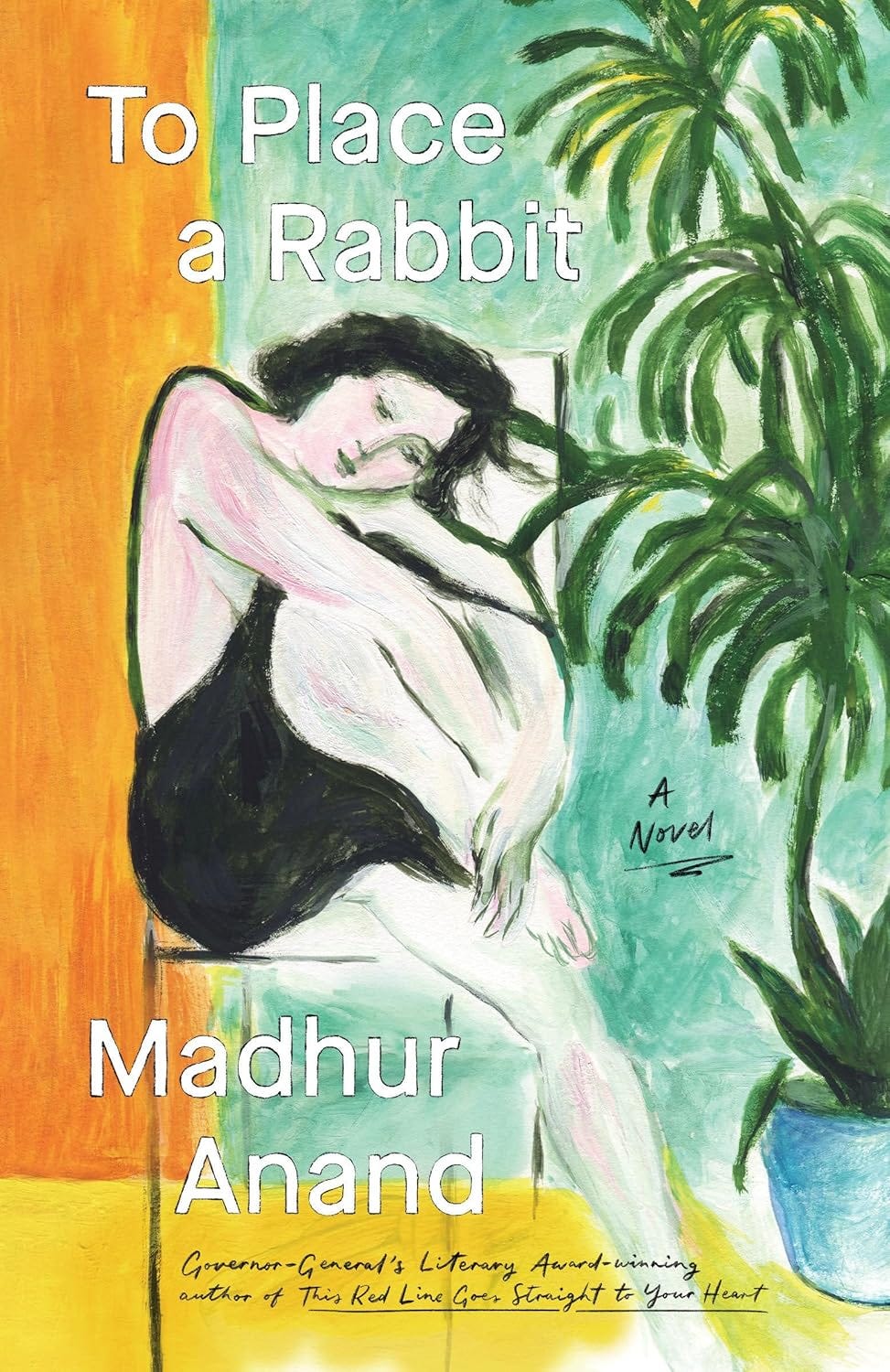To Place a Rabbit by Madhur Anand
Reviewed by Ian Colford
Madhur Anand’s bracingly original debut novel, To Place a Rabbit, chronicles several periods in the life of a middle-aged expert in the ecological sciences after she takes on a project to translate a novella into English. The scientist has written a volume of popular science and is touring to promote her book when, at a literary festival, she encounters a fiction writer who is promoting the French translation of her novella, which is titled La Traduction (‘the translation’).
The novelist does not read or speak French. She wrote her novella in English, but this version was not published and has been lost. Impulsively, the scientist offers to translate the novella back into English, and thus embarks on a project that links languages, geographies, people, and past eras of her own life.
The scientist is happily married with children but had tried and failed to write a fictional account of her love affair with a female biologist that took place years earlier. As she begins the translation of La Traduction, she reaches out to her former lover, and they eventually meet after years apart.
The narrative is not straightforward. In certain respects, Anand’s novel comes across as a loosely structured account of a person discovering her identity through writing, though defining the book in this manner as a single thing seems mistaken because the story is constantly shape-shifting, looping back on itself. Each chapter is divided into three short sections: in the first we follow the scientist’s contemporary timeline, see her meeting colleagues, travelling, living her life; in the second we are given a portion of her translation of the novella; and the third reaches into the scientist’s past life with her former lover. But each section contains echoes of the others, and as we move through the narrative, the borders separating these storylines blur, and the story’s very nature is altered as these elements merge in a manner akin to a dream.
To Place a Rabbit is many things but primarily a novel of ideas, the most prominent of which is the transformative power of language: how a story translated into a second language will undergo fundamental changes; how the language we speak influences the way we perceive and interpret the world. Some may ask if To Place a Rabbit is too clever by half. Perhaps. But it is also absorbing and stimulating, and confirms Madhur Anand as one of the more fearlessly adventurous writers working today.
About the Author
MADHUR ANAND's debut book of creative non-fiction This Red Line Goes Straight to Your Heart (2020) won the Governor General's Literary Award for Nonfiction. Her debut collection of poems A New Index for Predicting Catastrophes (2015) was a finalist for the Trillium Book Award for Poetry and named one of 10 all-time "trailblazing" poetry collections by the Canadian Broadcasting Corporation. Her second collection of poems Parasitic Oscillations (2022) was also a finalist for the Trillium Book Award for Poetry and named a Globe and Mail Top 100 Book. To Place a Rabbit is her first novel. Anand is a professor and the director of the Global Ecological Change and Sustainability Laboratory at the University of Guelph, Ontario.
About the Reviewer
Ian Colford was born, raised, and educated in Halifax. His reviews and stories have appeared in many print and online publications. He is the author of two collections of short fiction and two novels, and is the recipient of the Margaret and John Savage First Book Award for Evidence.
Book Details
Publisher : Knopf Canada
Publication date : May 13 2025
Language : English
Print length : 240 pages
ISBN-10 : 1039055923
ISBN-13 : 978-1039055926




